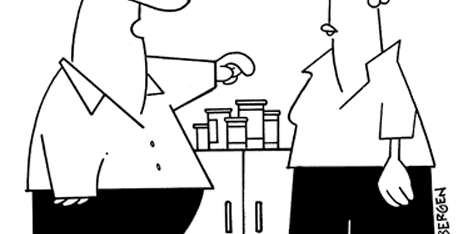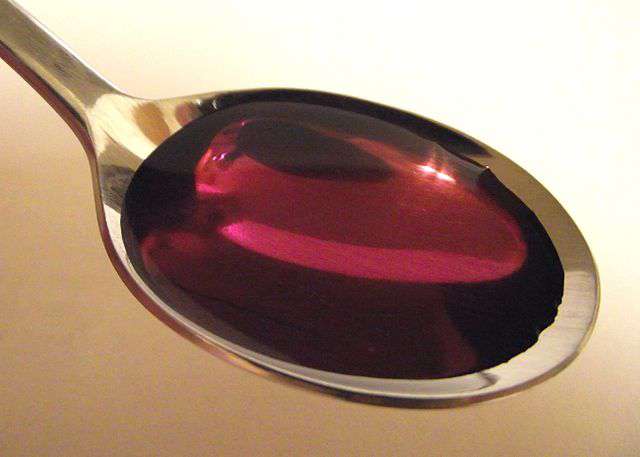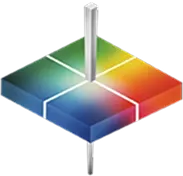
What are your pills telling you? Image Source: www.glasbergen.com
Numerous studies have recently been conducted regarding color psychology. Color can tell us a lot about who we are, how we are feeling, and the choices we make. Why do people prefer their lemonade pink? And why is that “little pill” blue? Well, it is certainly not by accident. As human beings, there is a direct correlation between our senses and color. Color psychology not only impacts our internal thought processes, it also has a great deal of influence on consumerism — especially when it comes to pharmaceuticals. All major drug corporations know that color is one of the most important ingredients in prescription medications. That is why they depend on the highest levels of color technology and spectrophotometry in order to maintain consistency and accuracy in their product.
It’s All About Color
Medicine dates all the way back to early history, and although there have been significant advancements and changes over the millenniums, the addition of color is relatively new. Only within the last century have pills veered away from a traditional chalky-white tint to the colorful assortment that lines the drug-store shelves today. But what does this have to do with color psychology? Plenty!

In making children’s medication pink, many drug companies are hoping to appeal to their senses and encourage the belief that the medicine will have a sweet flavor. Image source: Stickpen via Wikimedia.org
There are many reasons for color-coding pills, but perhaps the one that is most interesting is the influence many of these colors have on our psyche. Studies have shown that when the color of the pill is a mental match for the intended outcome, patients experience greater benefits. Many children’s medications are distinctively pinkish in color for the same reason that people choose the pink lemonade over the yellow. The human brain associates the color pink with a sweeter taste. This is also true with the color blue. Darker blue indicates a traditionally masculine color, which has been used successfully as a marketing ploy for a certain male-enhancement drug. Lighter shades of blue or green are associated with a calming feeling and will often be applied to drugs intended to have this effect. Recent polls have shown that elderly patients prefer the color red for their heart medication pills, as well as distinct color variations to make their medications easier to identify.

